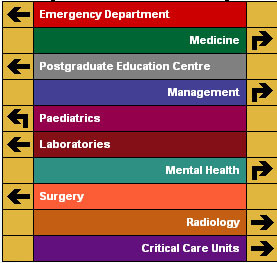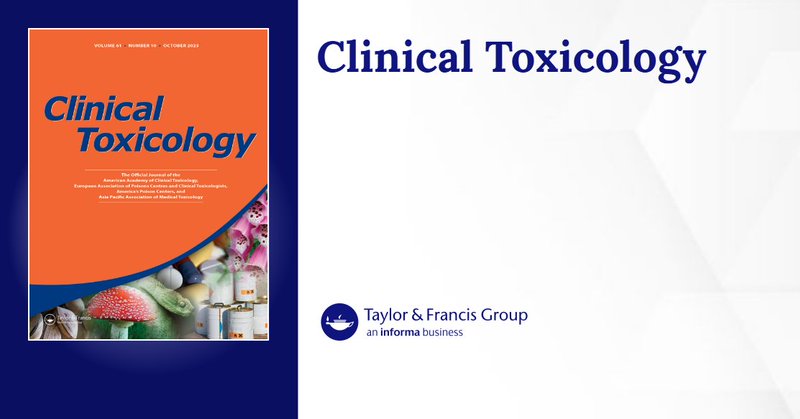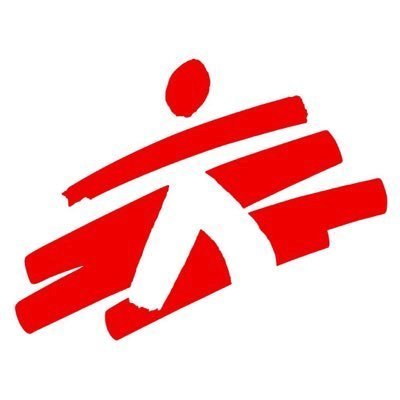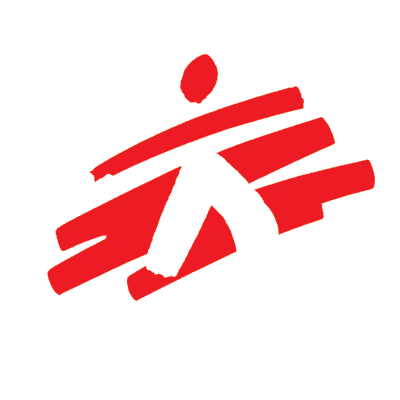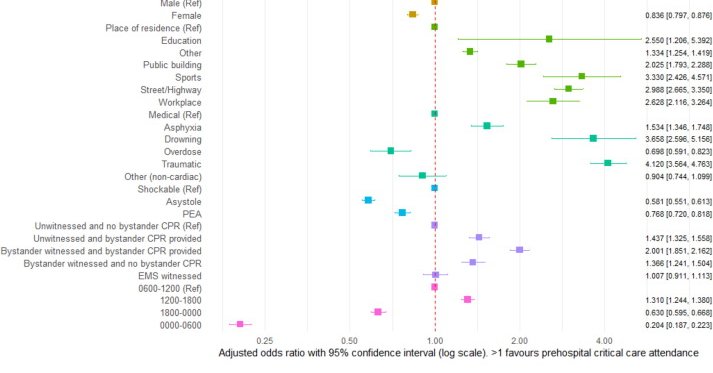
Ryan McHenry
@rymchenry
Followers
418
Following
2K
Media
87
Statuses
375
Emergency, Pre-Hospital & Retrieval Medicine Registrar. Research Fellow in deprivation, isolation & emergency care. Often climbing, sometimes running.
Glasgow
Joined June 2010
Hugely important work, demonstrating the horrific scale of ED crowding, yet also pointing clearly to the solution. Demand management doesn't work. Flow does. A privilege to be involved with the study team.
Well done Ben Clarke presenting the UNCORKED study at #eusem2025 for @ternfellow. Science providing more data around the appalling ED crowding in the UK, and the need to focus efforts on patients needing admission, not demand management as favoured by policy makers. @RCollEM
0
0
1
More to be done (as ever) on the interventions that matter, and those that don't. And how we improve access for those that need it most. Thanks to good colleagues who helped to bring the paper together and support from @Scotambservice
0
0
1
For what it's worth, adding into recent Lavery et al. meta-analysis in SJTREM, via letter from @AdamBoulton17 ( https://t.co/4xAwsU4tdg). Consistent effects of PHCC.
1
0
3
No significant difference in functional outcomes. We've been fortunate to have access to these through great work with the registry - so often difficult to assess what likely matters most to patients with these methods. https://t.co/34MUFiGyZq
emj.bmj.com
Pre-hospital critical care (PHCC) has been associated with improvements in mortality following major trauma. However, it is not known to what extent PHCC, with the ability to deliver early advanced...
1
0
3
Pre-hospital critical care and outcomes in head injury. It may seem obvious that early interventions save lives/change outcomes, but relatively little evidence in this group. A wee paper just out at @EmergencyMedBMJ Bottom line: Association between PHCC and reduced mortality.
1
1
5
Changing landscape of opioids in Europe. Just published @Clin_Tox - first known detection of Isotocyanozene, a novel nitazene, a class significantly more potent than heroin. Important awareness for emergency clinicians & policymakers @EMQUIRE_
https://t.co/MVgIypzwo9
tandfonline.com
Published in Clinical Toxicology (Vol. 63, No. 9, 2025)
1
1
1
There's good news here, that those reaching critical care experience little harm from their isolation Though even in Scotland, a place with a mature rural healthcare system & well-developed critical care transfer, a gap may remain in critical care provision to the most isolated
0
0
1
The work benefits from travel time mapping, giving a more accurate reflection of access to critical care. Amongst the limitations are that exact routes to hospital care are unknown.
1
0
1
Just published at @BJAJournals Geographic isolation, rurality and outcomes following critical illness. 🧑🤝🧑 >50,000 first admissions to critical care 🪦 No significant mortality differences 🏥 24% fewer admissions for the most isolated Full-text - https://t.co/w48MAA08C7
1
2
11
. @MSF operated its rescue vessel, Geo Barents, from June 2021 until December 2024. During this period, the team onboard rescued 12,675 people and ensured their safety in 190 rescue operations. These figures highlight the significant impact of the Geo Barents' operations.
0
8
12
🧠 Why this matters? PHCC is associated with improved outcomes for OHCA patients They offer advanced interventions or can make timely decisions to stop resuscitation when appropriate. ⚠️Unequal access = potential survival and quality-of-care gap https://t.co/9TmfgMcWMe
1
1
5
Streets and fields across Deir ez-Zor governorate in Syria are contaminated with mines and explosive devices, making daily life hazardous for people who are returning home after a decade of war: https://t.co/Qat0esFE4O
msf.org
Unexploded devices make daily life hazardous for people in Deir ez-Zor.
0
12
17
Nitazenes, highly potent synthetic opiates, are an emerging public health concern. Important that emergency clinicians recognise the potential for severe toxicity, and that higher-than-usual doses of reversal may be needed. Just published @EmergencyMedBMJ
emj.bmj.com
Nitazenes are potent synthetic opioids, never licensed for human use due to profound central nervous system and respiratory depression. Developed in the 1950s, they re-emerged in illicit drug...
0
0
1
Echos our work on the Inverse Care Law in UK HEMS. Much to be done to better match resource to need.
1
0
2
Great bit of work by @AdamBoulton17 and colleagues, describing health inequalities in the pre-hospital critical care response https://t.co/87Ct8myJeq Increasing deprivation and female sex associated with reduced likelihood of PHCC.
resuscitationjournal.com
Health inequalities exist throughout the chain of survival for out-of-hospital cardiac arrest (OHCA) patients. Prehospital critical care attendance is associated with improved outcomes, however it is...
1
3
5
On a personal note, it's been an enormous project to get this out, and I'm hugely grateful to the co-authors. Paper available at https://t.co/oydNcoPfRn
@EMAtTheDeepEnd @deependgp
journals.sagepub.com
Background: Socioeconomic inequalities in chronic disease management and outcomes are well-established. Their association with critical illness management and o...
0
0
0
Clear differences in ICU requirement across socioeconomic spectrum - almost 3x more ICU admissions for most deprived. Adds to evidence of Inverse Care Law in emergency and critical care - resource unlikely to match need.
1
0
0
Just out at Journal of @ICS_updates Association between socioeconomic status and outcomes from emergency admission to critical care in Scotland 2010-2011 Grim findings, coming as little surprise. Most deprived significantly more likely to need ICU, to die, and to be readmitted
1
1
1
Happening Now 🚨 Media Briefing on South Sudan. Where our teams are seeing an alarming surge in violence and mounting barriers to health care. Our panel unpacks the situation on the ground - attacks on civilians, health workers, and medical facilities are on the rise.
0
6
11

